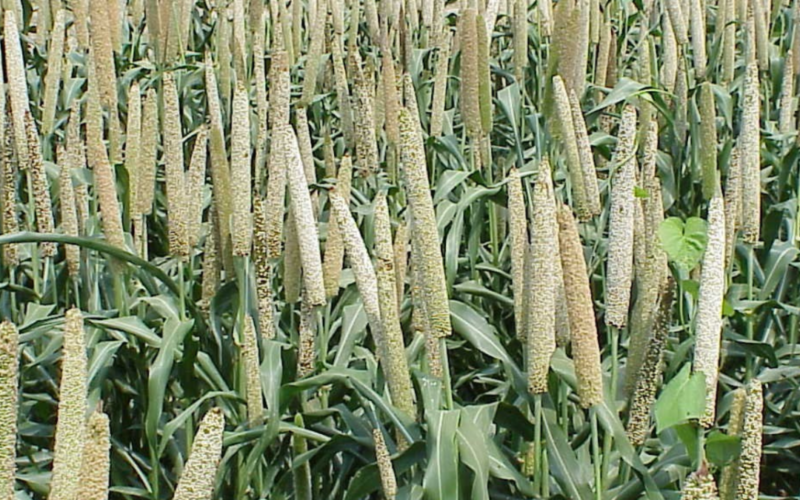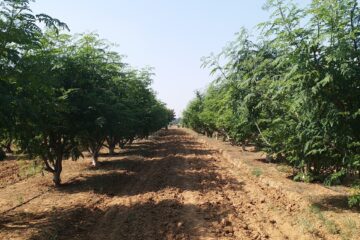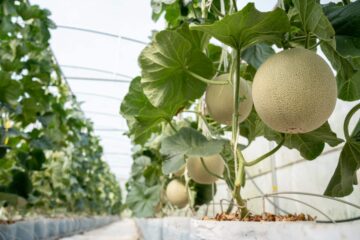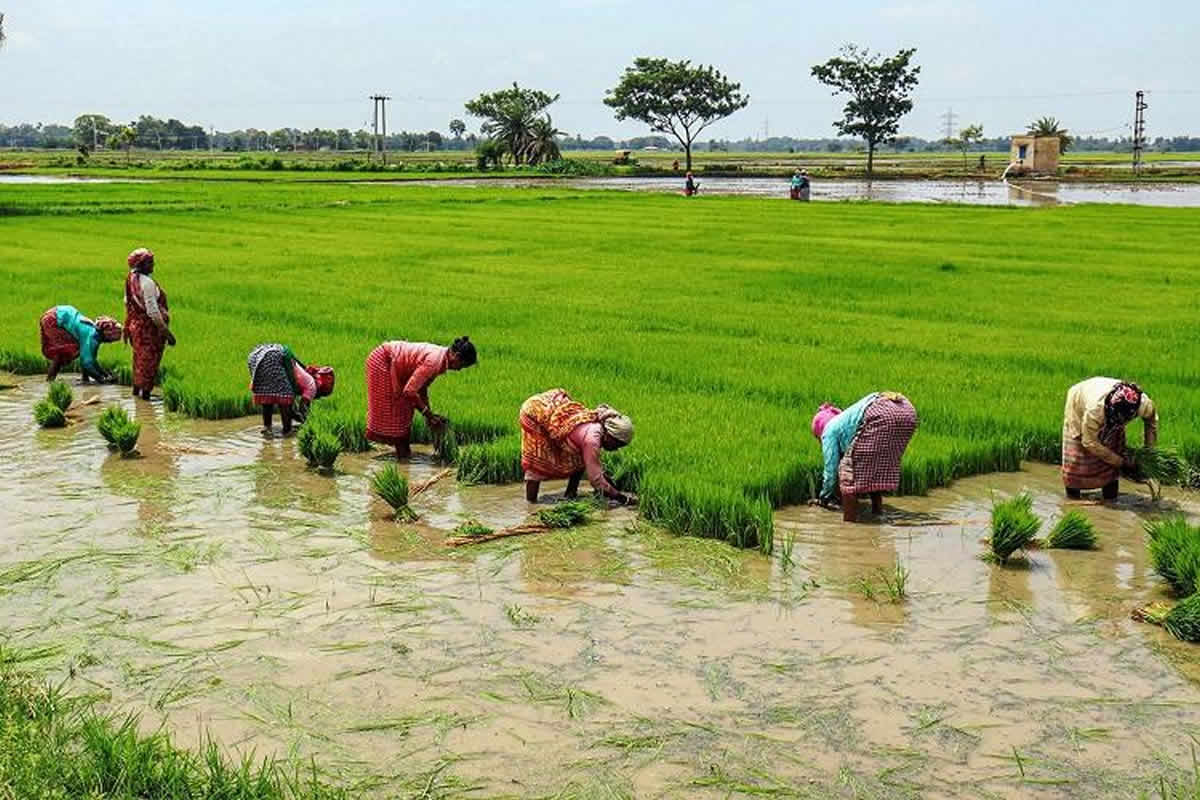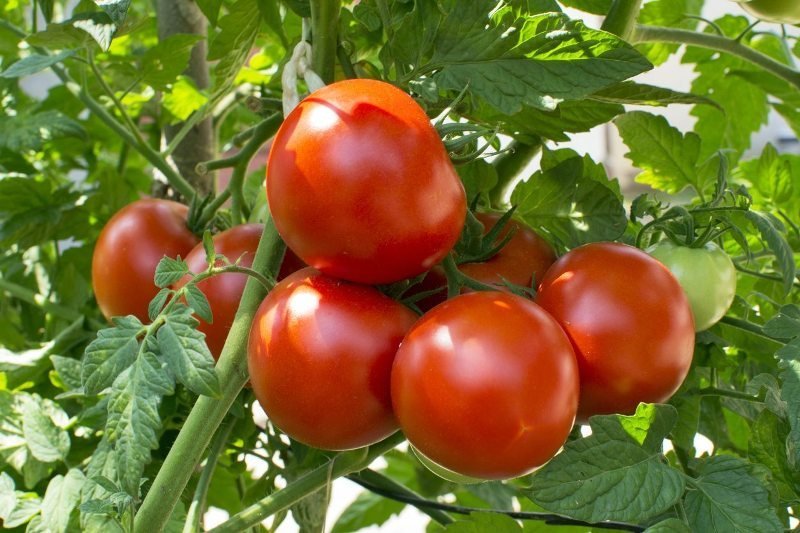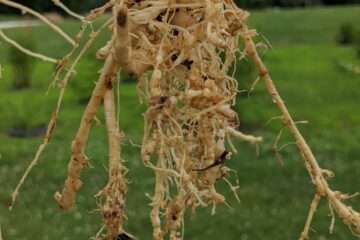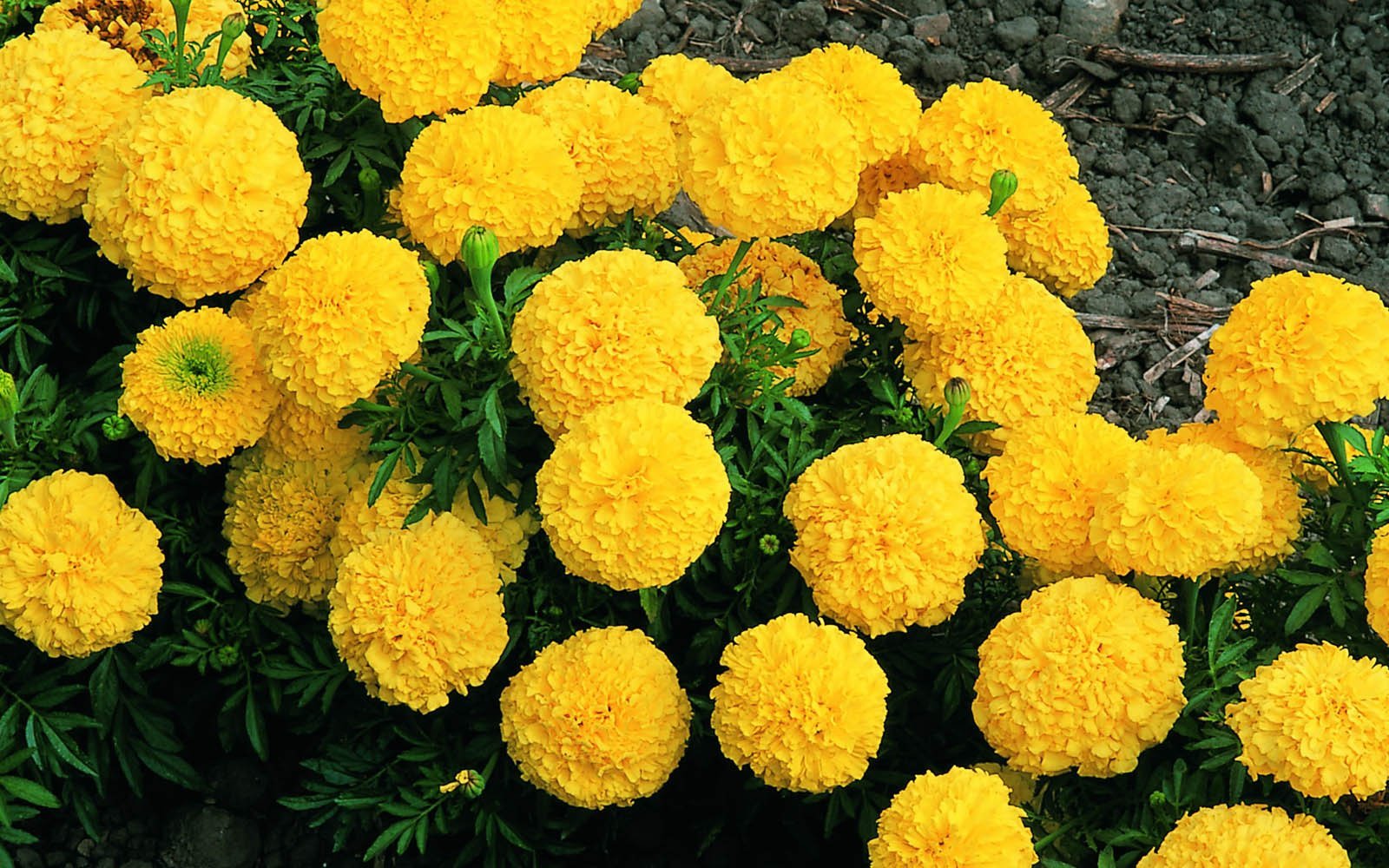Published Issue: February 2021
Bajra (Pearl Millet) is a highly nutritious millet crop. It is widely cultivated for both grain and fodder. Bajra is one of the crops that can withstand water scarcity and high temperatures caused by climate change. In Tamil Nadu, it ranks just behind paddy, maize, and finger millet in terms of cultivation area. Bajra thrives even in areas with low water and soil resources.
In a scenario where irrigated lands remain dry, millets like Bajra are a great boon. They require minimal water, thus preserving groundwater for future generations. Millets are environmentally friendly and suited for changing climatic conditions, with Bajra holding a significant place among them.
Compared to other grains, millets are highly nutritious, rich in protein and minerals, and contain essential amino acids, fiber, calcium, iron, and vitamins. Bajra is particularly high in protein and amino acids and provides sufficient starch, flavorful fats, vitamins, and minerals. Given its exceptional properties, Bajra can be cultivated in all districts except Nilgiris and Kanyakumari.
Bajra Varieties
At the Tamil Nadu Agricultural University’s Small Millet Department, several varieties and hybrid strains have been developed and released.
- CO 10 Variety: Contains 12.7% protein and is resistant to downy mildew. The grains are dense and compact. It yields 3,526 kg/ha during the summer season and 2,923 kg/ha in the rain-fed season.
- CO(CU) 9 Variety: The earhead is 45-50 cm long with 13.68% protein content and is resistant to downy mildew. The grains are dense and compact. It yields 2,865 kg/ha during the summer season and 1,950 kg/ha in the rain-fed season. It matures in 80-85 days and can be sown in the Adi Pattam, Purattasi Pattam, Masi Pattam, and Chithirai Pattam.
- CO 9 Hybrid Variety: Matures in 75-80 days and is rich in iron. It is resistant to downy mildew and rust. The grains are dense and large. It yields 3,728 kg/ha during the summer season and 2,707 kg/ha in the rain-fed season. It can be sown in the Adi Pattam, Purattasi Pattam, Masi Pattam, and Chithirai Pattam.
Summer Plowing
Utilize summer rains for deep plowing with a chisel plow, followed by two rounds of plowing with a tractor. Summer plowing helps prevent soil erosion, conserve rainwater, and control weeds, pests, and diseases.
Land Preparation
Plow the field deeply with a country plow or iron plow, and then pulverize the soil by plowing 2-3 times to prepare it for sowing. Before the final plowing, apply 12.5 tons of well-decomposed farmyard manure per hectare evenly.
Nursery Bed Preparation for Transplanting
For one hectare of transplantation, prepare a 300 sq.m nursery bed in a 7.5 cent area. Create raised beds of 3×1.5 meters and sow 3.75 kg of seeds per hectare at a depth of 1 cm. If affected by shoot fly, use 12.5 kg of seeds per hectare.
Cover the seeds with 50 kg of well-decomposed farmyard manure and sprinkle water lightly with a watering can. Maintain adequate moisture by regular watering according to soil moisture levels.
Seed Treatment
The seed rate varies based on the sowing method. Soak seeds in 2% potassium chloride or 3% sodium chloride solution for six hours, then dry in the shade for five hours. This treatment helps the plants withstand drought and ensures good yield. To control seed-borne diseases, treat seeds with 2 grams of carbendazim or 10 grams of pseudomonas per kg of seeds.
Sowing
Sow seeds at a spacing of 45 cm between rows and 15 cm between plants.
Micronutrients
Apply 12.5 kg of micronutrient mixture per hectare mixed with 37.5 kg of sand before the final plowing. Do not mix it with the soil.
Enriched Farmyard Manure
In organic farming, nutrient management can be challenging due to the unavailability of sufficient manure and the lack of essential nutrients in it. Therefore, using enriched farmyard manure instead of plain manure will result in better yields.
Moisture Conservation
In Tamil Nadu, Bajra is predominantly grown as a rain-fed crop during the monsoon season. To achieve high yields, adequate soil moisture is essential. Techniques like summer plowing, plowing with a disc plow at 3-5 meter intervals, using mulch, creating farm ponds in the field center, plowing across the slope to conserve rainwater, and building cross bunds in sloped fields help maintain soil moisture. During the summer season, irrigation is necessary every 7-10 days.
Weed Management
Thin the seedlings to maintain a spacing of 15 cm between plants during the second week after sowing. Weed at 15 and 30 days after sowing.
Crop Protection
- Shoot Fly: Control with 5% neem seed kernel extract or 1% neem oil spray.
- Earhead Caterpillar: Control with 25 kg of carbaryl 10% powder or malathion 5% powder at 50% flowering.
Diseases
- Downy Mildew: Affected plants do not produce earheads or produce partially filled earheads with greenish, leaf-like structures. To control, use resistant varieties like CO 10 and CO 9 hybrid. If transplanted, disease incidence is reduced. Remove and destroy affected plants. Treat seeds with 6 grams of metalaxyl per kg. Spray 500 grams of metalaxyl mixed with one kg of mancozeb per hectare.
- Ergot Disease: At flowering, affected earheads exude a brownish, sweet liquid that later hardens into brownish-black ergot bodies. To control, float seeds in 10% salt solution to remove ergot bodies, then wash thoroughly and treat with 6 grams of metalaxyl per kg of seeds. Spray 500 grams of carbendazim or one kg of mancozeb per hectare when 5-10% earheads emerge and again at 50% flowering.
- Rust: Small, reddish-brown to orange pustules appear on the leaves. To control, spray 2.5 kg of wettable sulfur or one kg of mancozeb per hectare. Repeat after ten days. During December-May, disease incidence is low. At the initial stage, spray 0.1% propiconazole at one ml per liter of water and repeat after 15 days.
- Smut Disease: Some grains in the earheads turn into black spore masses. To control, remove and destroy affected earheads. Follow crop rotation and ensure summer plowing. Use disease-free seeds.
- Grain Smut: Affected grains develop colorful spore masses. High humidity during grain formation or delayed harvest increases the incidence. Spray one kg of mancozeb or one kg of captan per hectare. If it rains during spraying, repeat after a week.
Harvesting
Harvest the earheads when the leaves turn yellow and dry, and the grains become hard. After a week, cut the stalks and dry them thoroughly before storage.
Dr. K. Ananthi, Dr. A. Nirmala Kumari, Dr. G. Sathya, Dr. M. Rajesh, Center for Small Millets, Athiyandal, Thiruvannamalai.

